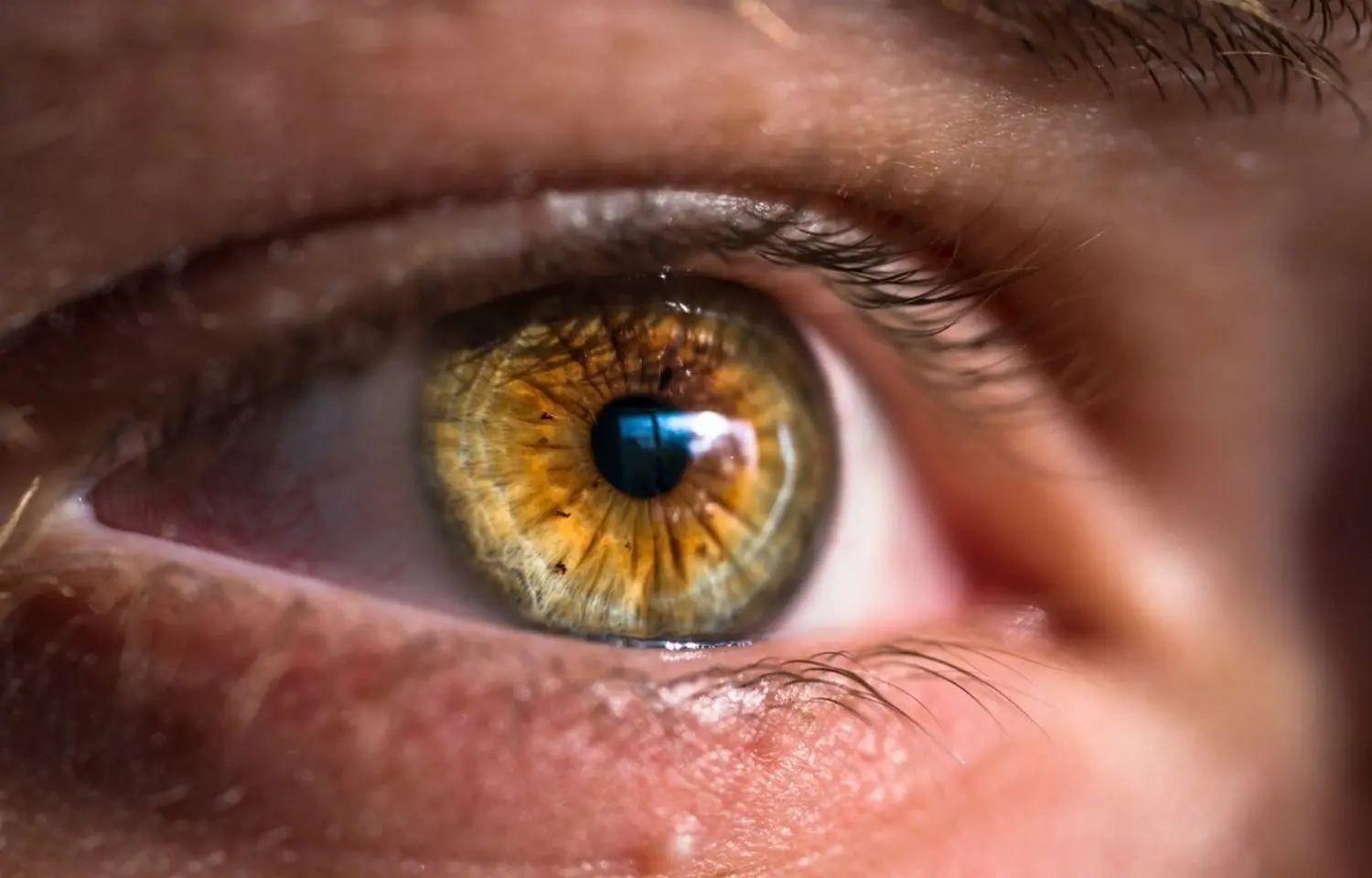- Home
- Medical news & Guidelines
- Anesthesiology
- Cardiology and CTVS
- Critical Care
- Dentistry
- Dermatology
- Diabetes and Endocrinology
- ENT
- Gastroenterology
- Medicine
- Nephrology
- Neurology
- Obstretics-Gynaecology
- Oncology
- Ophthalmology
- Orthopaedics
- Pediatrics-Neonatology
- Psychiatry
- Pulmonology
- Radiology
- Surgery
- Urology
- Laboratory Medicine
- Diet
- Nursing
- Paramedical
- Physiotherapy
- Health news
- Fact Check
- Bone Health Fact Check
- Brain Health Fact Check
- Cancer Related Fact Check
- Child Care Fact Check
- Dental and oral health fact check
- Diabetes and metabolic health fact check
- Diet and Nutrition Fact Check
- Eye and ENT Care Fact Check
- Fitness fact check
- Gut health fact check
- Heart health fact check
- Kidney health fact check
- Medical education fact check
- Men's health fact check
- Respiratory fact check
- Skin and hair care fact check
- Vaccine and Immunization fact check
- Women's health fact check
- AYUSH
- State News
- Andaman and Nicobar Islands
- Andhra Pradesh
- Arunachal Pradesh
- Assam
- Bihar
- Chandigarh
- Chattisgarh
- Dadra and Nagar Haveli
- Daman and Diu
- Delhi
- Goa
- Gujarat
- Haryana
- Himachal Pradesh
- Jammu & Kashmir
- Jharkhand
- Karnataka
- Kerala
- Ladakh
- Lakshadweep
- Madhya Pradesh
- Maharashtra
- Manipur
- Meghalaya
- Mizoram
- Nagaland
- Odisha
- Puducherry
- Punjab
- Rajasthan
- Sikkim
- Tamil Nadu
- Telangana
- Tripura
- Uttar Pradesh
- Uttrakhand
- West Bengal
- Medical Education
- Industry
Eyelid surgery for upper visual field improvement: ASPS clinical practice guideline

USA: A recent article reports the American Society of Plastic Surgeons' evidence-based clinical practice guidelines for the management of upper visual field impairments related to eyelid ptosis and dermatochalasis. The goal of the guideline, published in Plastic and Reconstructive Surgery, was to provide evidence-based recommendations to improve patient care.
For developing the guideline, a multidisciplinary group of experts representing their specialty organizations was selected. A systematic literature review was performed and the Grading of Recommendations, Assessment, Development, and Evaluation methodology process was used to evaluate the relevant studies.
Recommendation 1
The workgroup recommends that for patients presenting with low upper eyelid position obstructing the superior visual field, clinicians obtain the following: A clinical history, which should include an objective assessment of the impact on visual field or activities of daily living; http://webservices.ovid.com/mrws/1.0">and perform a physical examination to assess upper eyelid position relative to the pupil. The examination should differentiate whether the cause of the visual field obstruction is because of excess skin (dermatochalasis) or the low position of the eyelid margin (blepharoptosis). The margin reflex distance 1 and the levator function should be assessed. Photographs of the eyelids should be taken.
Recommendation 2
Recommendation 2A: The workgroup suggests that surgeons not perform blepharoplasty alone (i.e., without ptosis correction) for patients presenting with diagnosed blepharoptosis.
Recommendation 2B: The workgroup suggests that surgeons perform concurrent upper eyelid blepharoplasty and ptosis correction in patients presenting with dermatochalasis and blepharoptosis.
Recommendation 2C: The workgroup suggests that surgeons perform upper eyelid blepharoplasty in patients presenting with dermatochalasis without underlying ptosis.
Recommendation 3
Recommendation 3A: The workgroup recommends that surgeons should perform anterior ptosis correction for patients diagnosed with severe upper eyelid ptosis.
Recommendations 3B: It is an option for surgeons to perform either anterior or posterior ptosis correction for patients diagnosed with mild or moderate upper eyelid ptosis.
Recommendation 4
There is insufficient evidence to support a recommendation.
Recommendation 5
The workgroup suggests that surgeons may use local anesthesia for patients presenting for upper eyelid ptosis correction and/or blepharoplasty.
Recommendation 6
It is an option for surgeons to perform adjunctive brow surgery in patients presenting with dermatochalasis and coexisting brow and upper eyelid ptosis.
Recommendation 7
It is an option for surgeons to perform levator plication http://webservices.ovid.com/mrws/1.0">or levator advancement for patients presenting with upper eyelid ptosis.
Recommendation 8
The workgroup recommends that patients should have a postoperative follow-up assessment for complications, such as lagophthalmos and eyelid asymmetry. This should occur within 1 to 3 months following upper eyelid blepharoplasty and/or ptosis correction and again at 9 months to 1 year to evaluate cosmetic symmetry and functional outcomes.
"The review of the literature revealed varied complication rates and diverse treatment modalities for the correction of upper visual field deficit. Strong recommendations could not be made in most topic areas because of a paucity of methodologically sound studies in the literature," the researchers wrote. "More rigorously designed studies are needed to measure outcomes of interest, with fewer sources of potential error or bias."
Reference:
Kim, Kenneth K. M.D.; Granick, Mark S. M.D.; Baum, Gregory A. M.D.; Beninger, Francis M.D.; Cahill, Kenneth V. M.D.; Donnelly, Katelyn C. M.P.H.; Kaidi, Ashton A. M.D.; Kang, Ajaipal S. M.D.; Loeding, Lauren M.P.H.; Loyo, Myriam M.D.; Patel, Parit A. M.D., M.B.A.; Roostaeian, Jason M.D.; Taghva, Goretti Ho M.D.; Varkarakis, George M. M.D.. American Society of Plastic Surgeons Evidence-Based Clinical Practice Guideline: Eyelid Surgery for Upper Visual Field Improvement. Plastic and Reconstructive Surgery: August 2022 - Volume 150 - Issue 2 - p 419e-434e doi: 10.1097/PRS.0000000000009329.
Dr Kamal Kant Kohli-MBBS, DTCD- a chest specialist with more than 30 years of practice and a flair for writing clinical articles, Dr Kamal Kant Kohli joined Medical Dialogues as a Chief Editor of Medical News. Besides writing articles, as an editor, he proofreads and verifies all the medical content published on Medical Dialogues including those coming from journals, studies,medical conferences,guidelines etc. Email: drkohli@medicaldialogues.in. Contact no. 011-43720751


